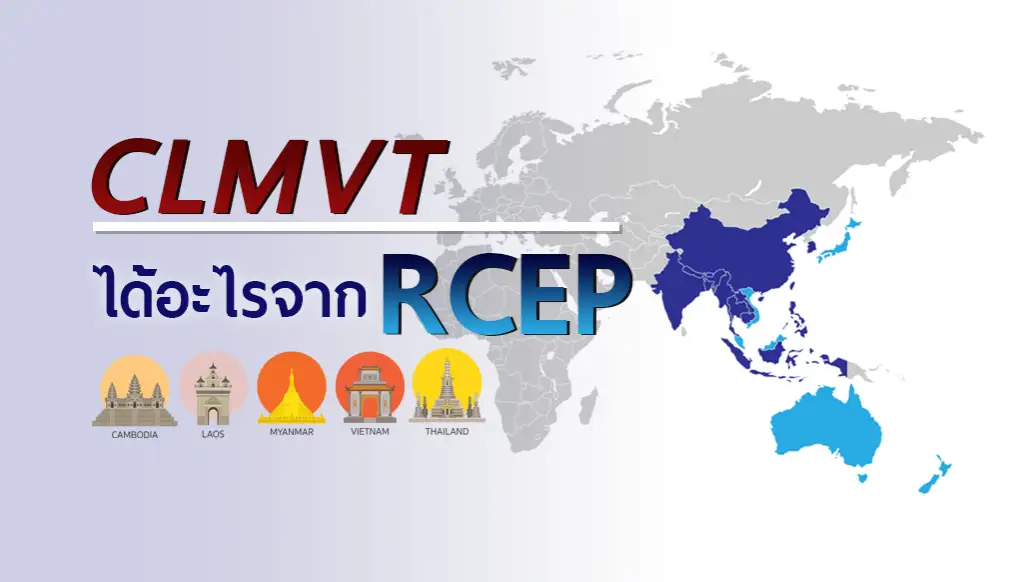



RCEP is like an agreement that adjusts the FTAs of each country to be on the same standard.
The RCEP Agreement was signed by 15 members in the Asia-Pacific region, including the 10 ASEAN nations and Australia, China, Japan, New Zealand and South Korea, in November 2020 after more than 8 years of effort in negotiating the agreement. The economic value of RCEP countries accounts for 30% of global GDP, with Singapore being the first country to ratify it on April 9.
How is RCEP different from previous FTAs?
RCEP is like an agreement that adjusts the FTAs of each pair of countries to be on the same standard, more comprehensive, modern and deeper, such as an agreement to reduce tariffs by 65% of all products sold in the RCEP group to 0% immediately and another 20% will be gradually reduced to 0% within 10 years (except for Cambodia, Laos and Myanmar, which will reduce import tariffs by only 30% immediately and then gradually reduce import tariffs to 80% within 15 years).
Benefits that Thailand and the CLMV countries will receive (although the agreement will benefit China, Japan, South Korea, and Australia and New Zealand more)
All countries have had non-tariff barriers (NTBs) removed, which are different from tariff reductions, and a new provision is making rules of origin applicable to the entire region, rather than just member states.
The Rules of Origin under RCEP will therefore further enhance the role of the CLMVT countries in the regional supply chain, especially Cambodia, Laos and Myanmar, which will receive increased tax benefits and, with lower wages, may attract more workers from the RCEP countries.
For Thailand, which seems to benefit less than Cambodia, Laos and Myanmar, it is still considered to have gained more benefits from the original FTA, as an increase in products that the original FTA did not cover.
Under this RCEP agreement, Thailand will be able to export more of its existing products, with more than 90% of Thai products exempt from import tariffs from member countries, increasing export opportunities to key markets, especially China, South Korea, and Japan.
This has an impact on SMEs and the agricultural sector, especially in the agricultural, food and industrial product categories, as well as helping to reduce raw material costs.
By increasing the choice of raw materials from RCEP countries to produce and export to the RCEP market, receiving tax benefits and using the same rules of origin, it helps reduce the complexity of management and in terms of investment benefits, both Thai investment in the RCEP group and attracting investment from countries outside the RCEP group as well.
In the future, Thailand may take advantage of the growth of neighboring countries by moving labor-intensive production bases to these countries and creating added value by producing goods from highly skilled domestic workers instead.
Information source: Prachachat Business